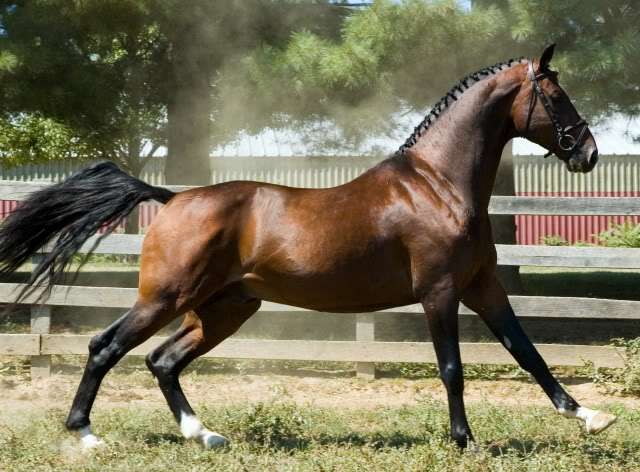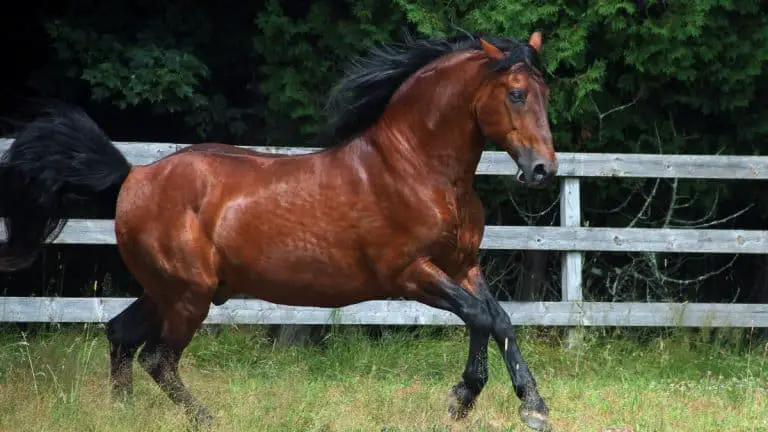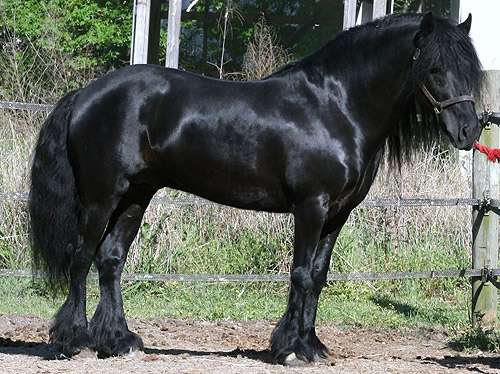
Size
1.42–1.6.2 hands
Physical Attributes
Hackney horses have a naturally flashy appearance and are slender. They have robust hindquarters, a big, well-defined chest, a crested neck, a clean throat, and a high tail. Their expressive eyes and well sculpted heads give them an alert, vibrant appearance.
Colors
Any solid color, especially black, bay, and chestnut. Some individuals could also have white markings, particularly on the head and legs.
Characteristics and Genetics
A well-known horse breed that originated in Great Britain is the Hackney. The Hackney has been bred in recent years to produce horses that are excellent for pulling carriages. The King of England needed strong, handsome horses with an outstanding trot for use as all-purpose riding horses, so the Hackney Horse breed was created in Norfolk around the 14th century. Since riding was the most popular form of equine transportation at the period because there were few roads, hackneys were the most popular riding horses. With their pacing gaits, trotting horses were more ideal as war horses than amblers. Because of this, King Henry VIII mandated in 1542 that his affluent subjects maintain a specific number of trotting horse stallions for breeding purposes.
The Hackney is most well-known for its flamboyant appearance and showy high-stepping trot and fast, springy walk. They make excellent show horses and excel in dressage, showjumping, and harness competitions. Despite lacking a stud book, the Hackney pony is acknowledged as a variation of the breed and shares many traits with it.
Uses
The exquisite breed of carriage horse is called the Hackney Horse. But nowadays, a show ring is where a modern hackney is most frequently utilized. It is the ideal breed of horse for anyone looking to buy a fantastic show horse. A number of Hackneys were once imported into the United States of America.
These horses were then mostly utilized for harness racing and the development of other breeding. The Standardbred has been profoundly influenced by the breed. Many European nations also received hackney horses. They were then employed to enhance many breeds, including the Holsteiner, Dutch Warmblood, and Gelderland.
Health and Care As a Pet
Since the development of transportation, hackneys have lost some of their appeal, and it is now thought that there are just around 3,000 left in the globe. Although they are on the Rare Breeds List, efforts are being made to responsibly breed them in an effort to increase their population.

Grooming
The majority of Hackneys are presented in show rings with braided manes and long, flowing tails, but getting ready for the show ring requires extensive grooming and planning months or years in advance. The tail requires the most labor. To keep the tail healthy, be ready to frequently apply a spray-in conditioner and untangle any knots by hand. It will also be healthier to braid the tail into a tail bag or tie it up in a mud knot, particularly during the difficult winter months.
The mane will stay healthy if hair receives regular conditioning and brushing. The mane must be tugged to the proper length and braided before performances. An owner or groom should start honing this talent months in advance because it takes time to learn how to braid correctly.
The beautiful, lustrous coat that is ideal for competition will also be attained with regular, meticulous grooming and appropriate diet.
Nutrition and Diet
With a feed concentrate or ration balancer to make up for nutrient inadequacies in the forage, the majority of Hackneys will thrive on a typical diet of hay and/or grass. Horses with a rigorous competition schedule or those who put in a lot of effort may need food modifications to maintain weight and provide the energy required for the show arena.
Characteristics and temperament
One of the world’s most graceful horses is the hackney. It epitomizes intelligence, sophistication, and brilliance. The Hackney can be fairly active, but it’s beautiful gait contributes to its tenderness. The horse’s body seems to operate like a well-oiled machine with many movable joints.
Table





